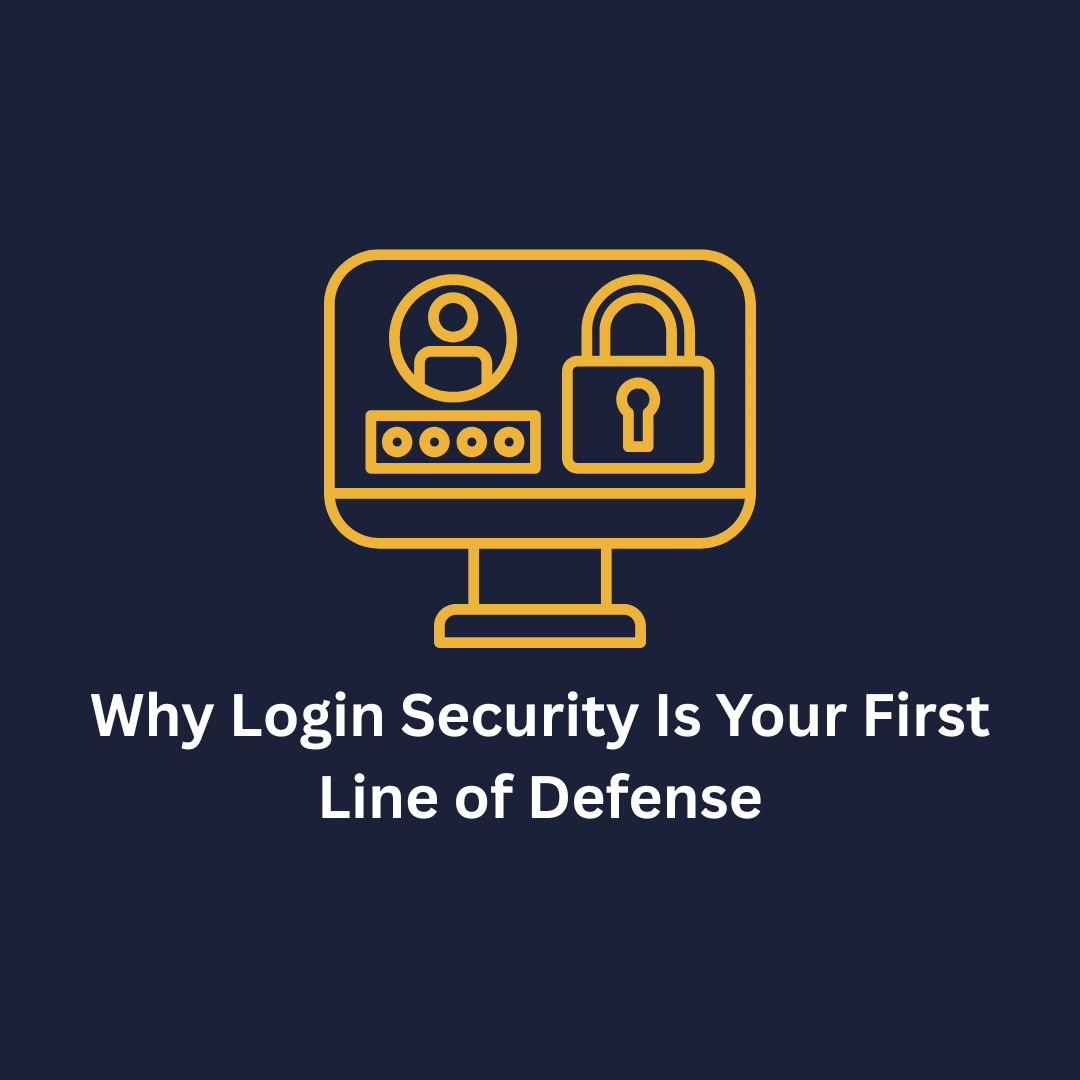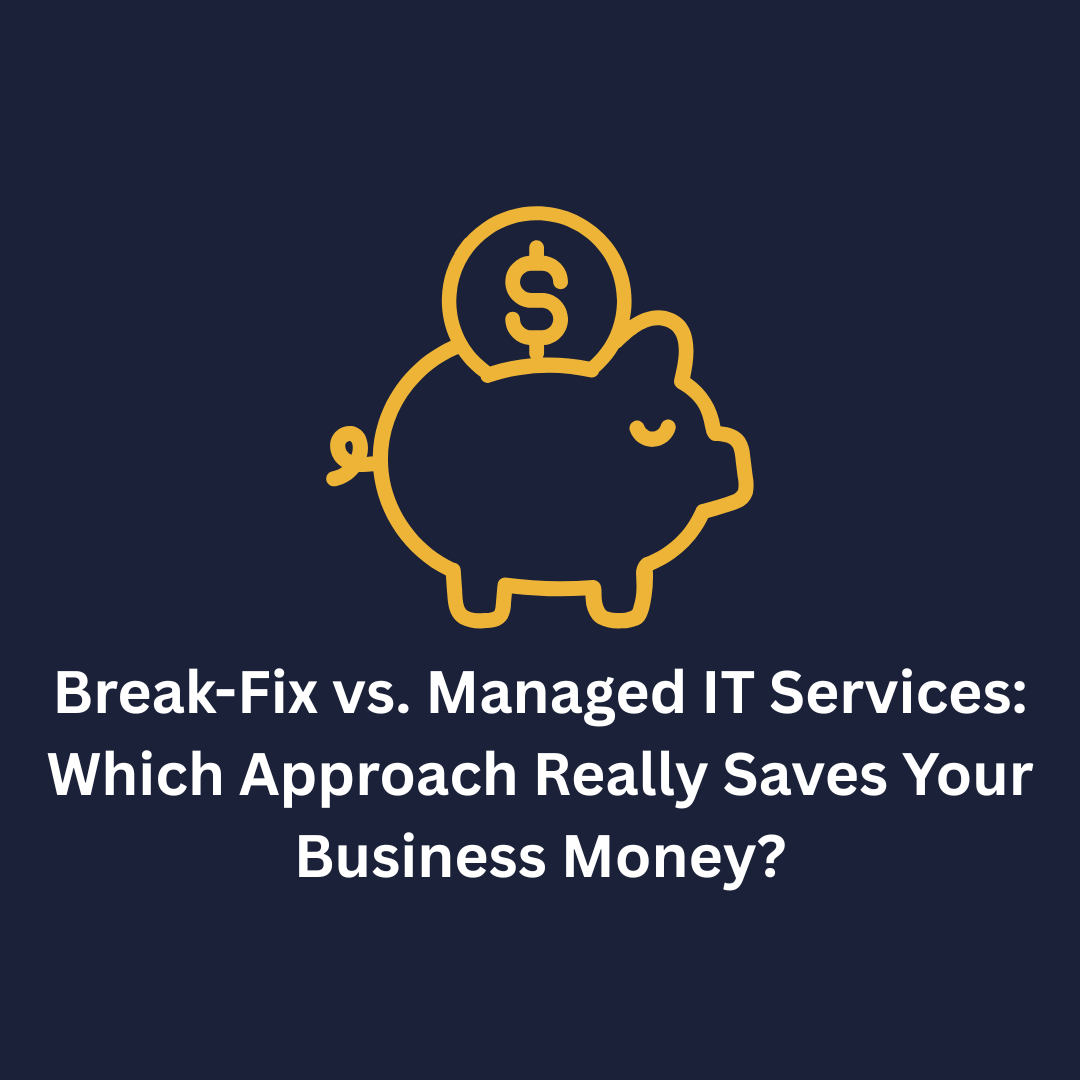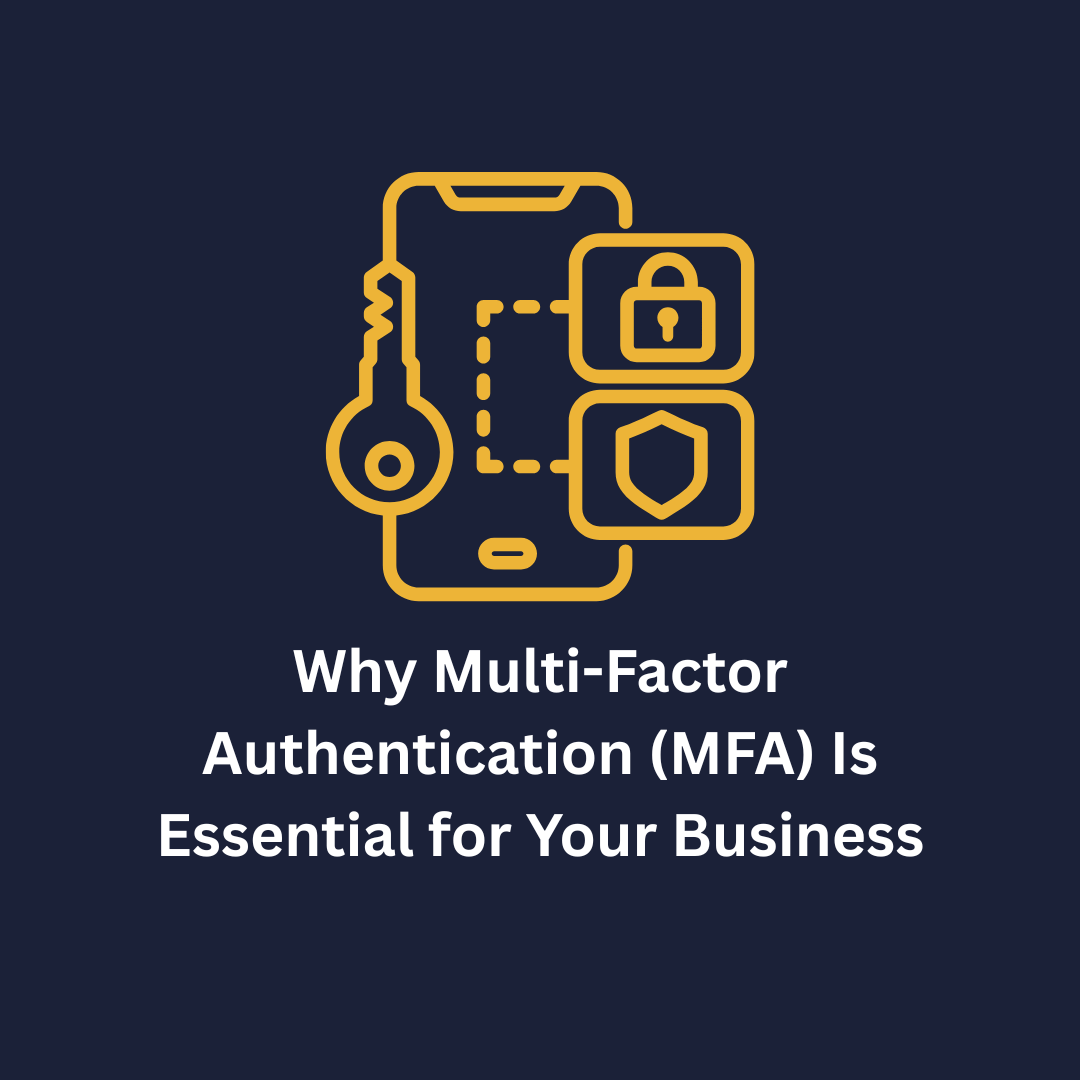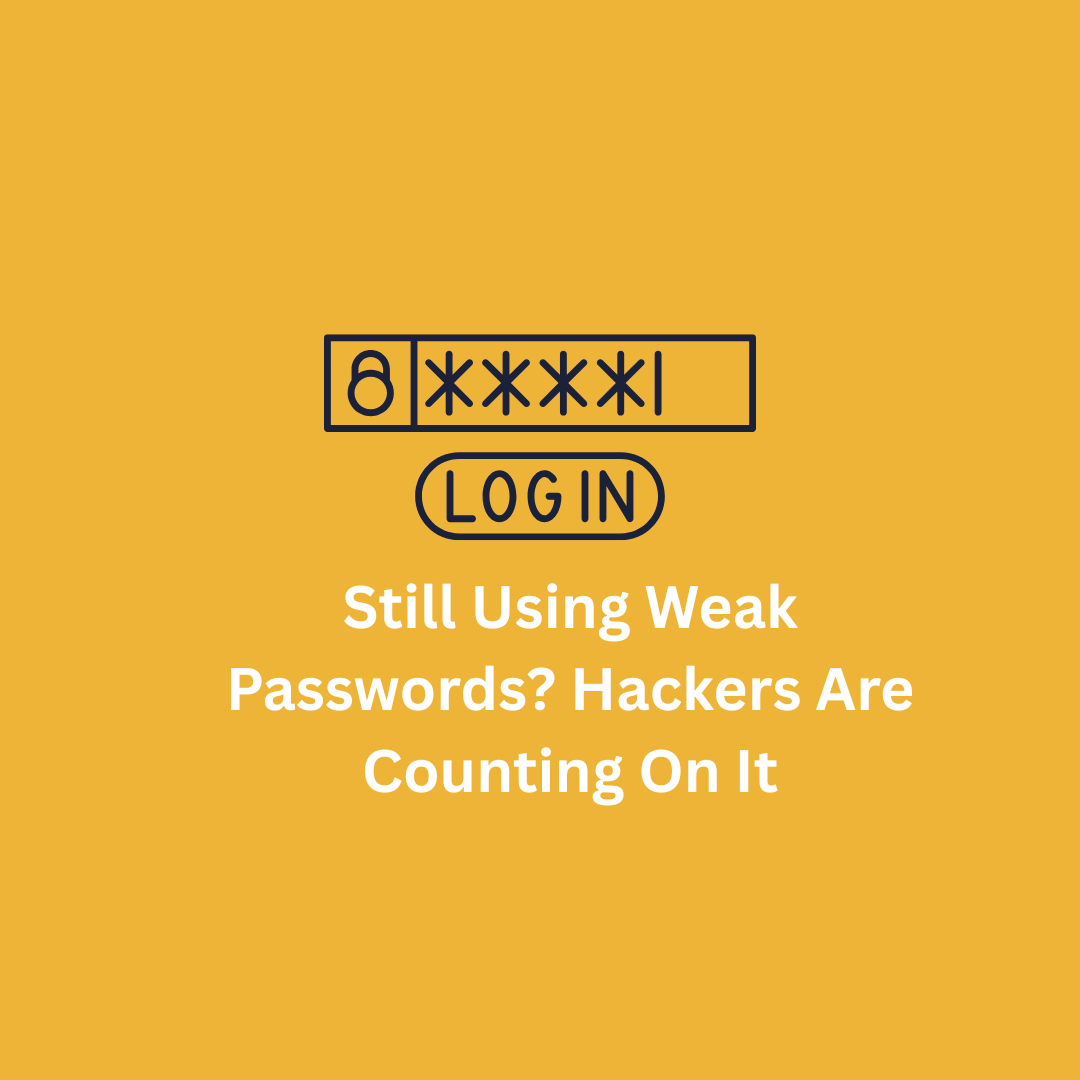What is Zero-Trust?
Zero-Trust is a security model that runs on the principle of "never trust, always verify". It is not a product or a service, but an approach to designing and implementing a set of security principles. Here are the core principles of Zero-Trust:
•Verify: Always authenticate and approve based on all available data.
•Use least privilege access: Limit user access. With Just-In-Time and Just-Enough-Access, risk-based adaptive policies, and data protection.
•Assume breach: Reduce blast radius and segment access. Verify end-to-end encryption. Use analytics to get visibility, drive threat detection, and improve defenses.
The Zero-Trust model assumes breach. It verifies each request as though it originated from an uncontrolled network instead of believing everything behind the corporate firewall is safe, regardless of where the request originates or what resource it accesses.
Zero-Trust adapts to the problems of the modern environment. It welcomes the mobile workforce. It protects user accounts, devices, applications, and data wherever found. A Zero-Trust approach should extend throughout the entire digital estate. Also, it serves as an integrated security philosophy and end-to-end strategy. With Zero-Trust, you move away from a trust-by-default perspective to a trust-by-exception one.
If you would like to learn more about the Zero-Trust principle, give us a call today at 877-686-6642.
























.png)















































































